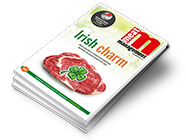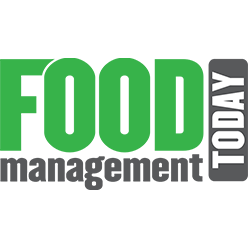In the latest grocery market share update from Worldpanel by Numerator, it was reported that grocery price inflation had increased to 5.2%.

The latest figures showed that take-home sales at the grocers grew by 4.1% over the four weeks to 5th October, while like-for-like grocery inflation rose to 5.2%, which was the same as the level recorded in July. Prices reportedly rose fastest in the fresh meat (unprocessed) and chocolate markets.
Online sales were up by 12% compared with the same four weeks last year, making up 12.7% of the market. This was the highest share since March 2022.
Fraser McKevitt, head of retail and consumer insight at Worldpanel, stated: “Households are juggling a lot of different things when choosing what and where to buy their groceries. Inevitably, cost will be up towards the top of the list as price rises accelerate.
“Spending on offers has hit its highest level since April at 29.4%, as consumers hunt for deals to ease the burden on their wallets. Promotions often jump in the run up to the festive season so it’s likely the trend will continue as we get closer to December.”
Environmental issues affect shoppers’ purchases
The research found that 50% of British shoppers believed that environmental issues were a “critical threat” to humanity, potentially changing the way they shop.
McKevitt continued: “One in two say they would accept plainer packaging for a product that they trusted was better for the environment, while 54% would even be willing to bring their own packaging. However, value for money is still a big consideration and just 9% of people are happy to pay more for items that are better for the planet.
“Only 3% say they would compromise on quality. Interestingly, concerns about microplastics are on the rise, with over 40% of British households saying they are increasingly worried about the impact on their health.”
Tesco took 28.3% of the market, while Sainsbury’s boosted sales by 5.2% to take 15.3%. Ocado sales rose by 13.6% over the 12 weeks to 5th October versus a year ago, with the retailer now holding a 2% share.
Lidl’s market share rose to 8.2%, as Aldi maintained its 10.6% portion of the market. Waitrose’s share held stable at 4.4% after increasing sales by 3.7%, while Asda and Morrisons took 11.8% and 8.3% of the market respectively.
Market share for convenience retailer Co-op stood at 5.4%, and spending at Iceland outpaced the market as it retained 2.3% of overall spending. M&S grocery sales were 7.7% higher over the 12 weeks.















